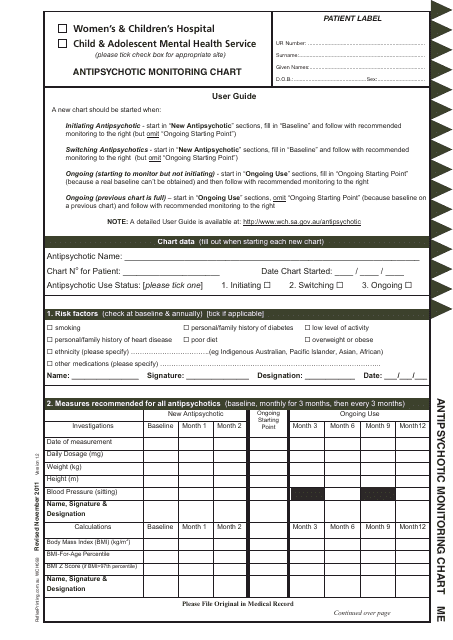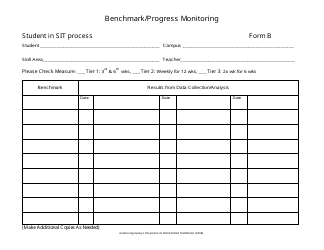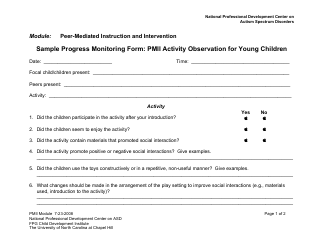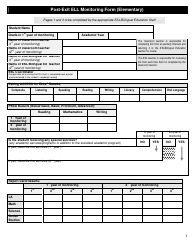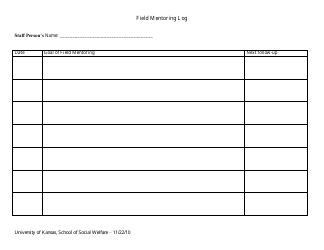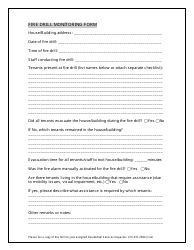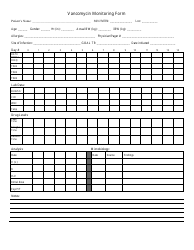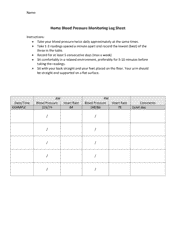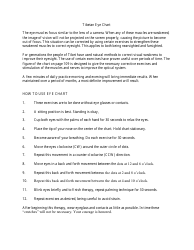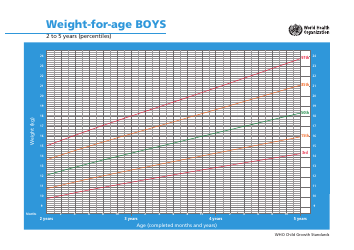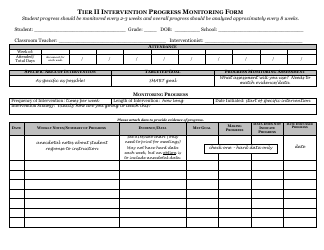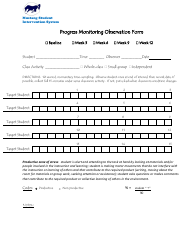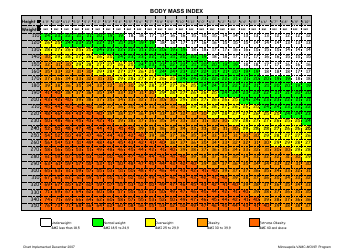Antipsychotic Monitoring Chart
The Antipsychotic Monitoring Chart is used to track and monitor the effectiveness and side effects of antipsychotic medications. It helps healthcare providers ensure that the medication is working well for the patient and to manage any potential adverse reactions.
The Antipsychotic Monitoring Chart is typically filed by the healthcare provider or the medical staff responsible for the monitoring and administration of antipsychotic medication.
FAQ
Q: What is an antipsychotic?
A: An antipsychotic is a type of medication used to treat mental health disorders like schizophrenia and bipolar disorder.
Q: What is the Antipsychotic Monitoring Chart?
A: The Antipsychotic Monitoring Chart is a tool used by healthcare providers to track and monitor the effectiveness and side effects of antipsychotic medication.
Q: Why is it important to monitor antipsychotic medication?
A: Monitoring antipsychotic medication is important to ensure that the medication is working effectively, to identify any potential side effects or adverse reactions, and to make adjustments to the treatment plan if necessary.
Q: What information is typically recorded on the Antipsychotic Monitoring Chart?
A: The Antipsychotic Monitoring Chart typically records information such as the patient's name, the type and dosage of antipsychotic medication prescribed, any side effects experienced by the patient, and the outcomes of any clinical assessments or lab tests.
Q: Who uses the Antipsychotic Monitoring Chart?
A: The Antipsychotic Monitoring Chart is primarily used by healthcare providers, such as doctors, psychiatrists, and nurses, who are responsible for prescribing and monitoring antipsychotic medication.
